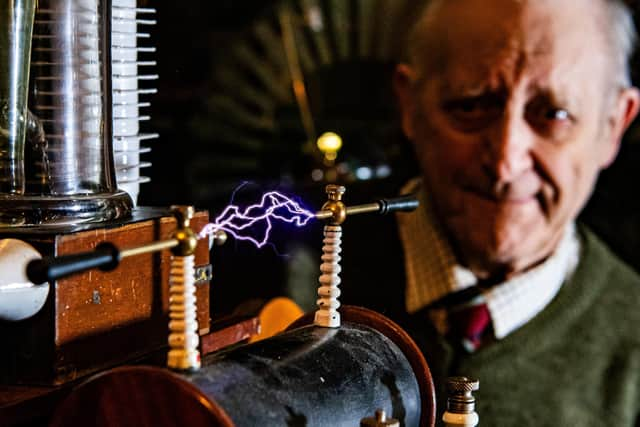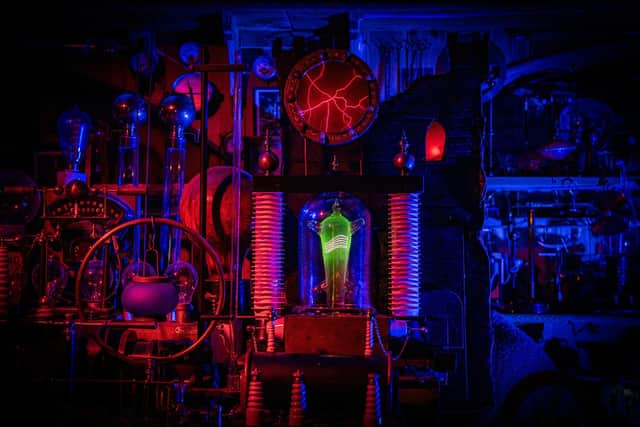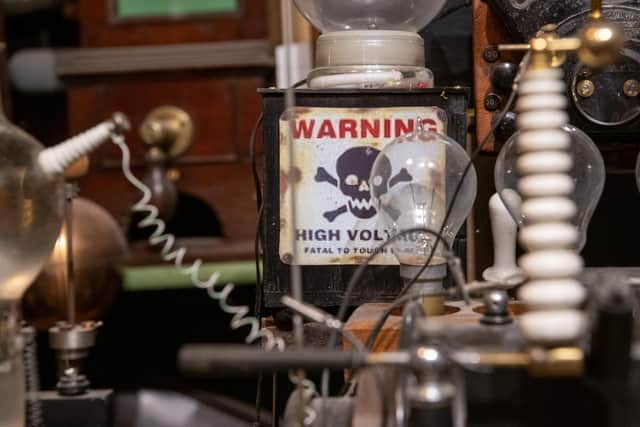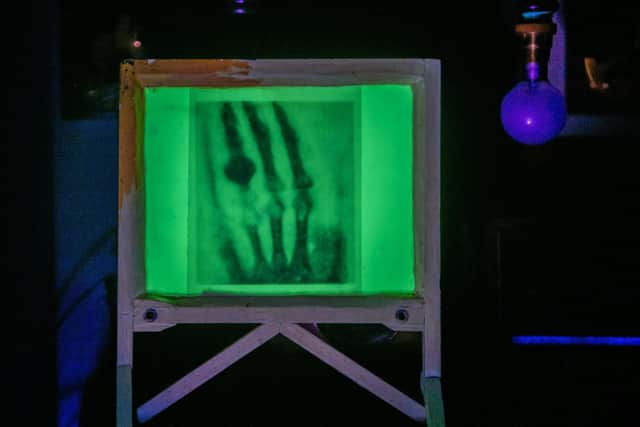Museum of Victorian Science, Glaisdale: Meet the founder of one of the country’s smallest and most intriguing tourist attractions
When Anthony Swift was seven or eight years old he had an encounter which transformed his life in a positive way.
He lived in a pub in York which was run by his parents and an electrician came to do some work there.
Advertisement
Hide AdAdvertisement
Hide AdThe workman was going to throw away a box of scientific parts which were beyond use, but at his parents’ request they were given to young Anthony to play with.


“There were Marconi valves and all sorts of other interesting items,” he said. “I was enthralled by them and it gave me a real interest in the sciences. It sort of planted a seed.”
Now some 80 years on, Anthony is still interested in all things scientific and runs what must be the country’s smallest and most intriguing tourist attraction.
The Museum of Victorian Science is compact. Only four people at once can visit because of a lack of space, but it still regularly earns five star reviews on TripAdvisor.
Advertisement
Hide AdAdvertisement
Hide AdEveryone from school children to professors finds it interesting and exciting.


“I give a talk which is I gauge on the audience,” he said. “I try to discover how much knowledge they have and tailor it accordingly.
“Sometimes we have children in with a basic knowledge. Other times we have professors in with an extensive background of the subjects.”
Anthony had a wide and varied career. He began in the armed forces and studied aeronautical engineering. Later he became a physics technician at the old Scarborough Technical College. Then he worked at the Boulby mine and finally a clockmaker.
Advertisement
Hide AdAdvertisement
Hide AdDuring his time he collected masses of scientific items which he wasn’t sure what to do with but his wife Patricia planted an idea in his mind.


“She said I should open a museum,” he said. She may not have been serious but that’s what Anthony did when they inherited his wife’s late mother’s house in Glaisdale.
“There was an outhouse which was perfect for housing all the items, or junk as my wife called it,” he said.
Now 22 years later the museum is going strong and attracting hundreds of visitors each year.
Advertisement
Hide AdAdvertisement
Hide Ad“I’m 87 now and I love doing this,” he said. “I may carry on for a while yet. I think I have my faculties and I enjoy doing it so why not carry on? But there may come a time when it’s too much.”


He says the museum looks at technology such as X-rays, radioactivity, electrostatics, phosphorescence and fluorescence and demonstrates their properties in an engaging manner.
“But we have a humorous side as well so it is education and entertainment,” he said.
“We start off with X-rays and we do X-rays, we show the first X-ray ever made. Then we do radioactivity and look at how the Curies and how they discovered of radium and polonium and so forth.
“Some people come here and know nothing. Others who come are professors of particle physics.”
He says visitors should call 01947 897440 to book a visit.
Comment Guidelines
National World encourages reader discussion on our stories. User feedback, insights and back-and-forth exchanges add a rich layer of context to reporting. Please review our Community Guidelines before commenting.
